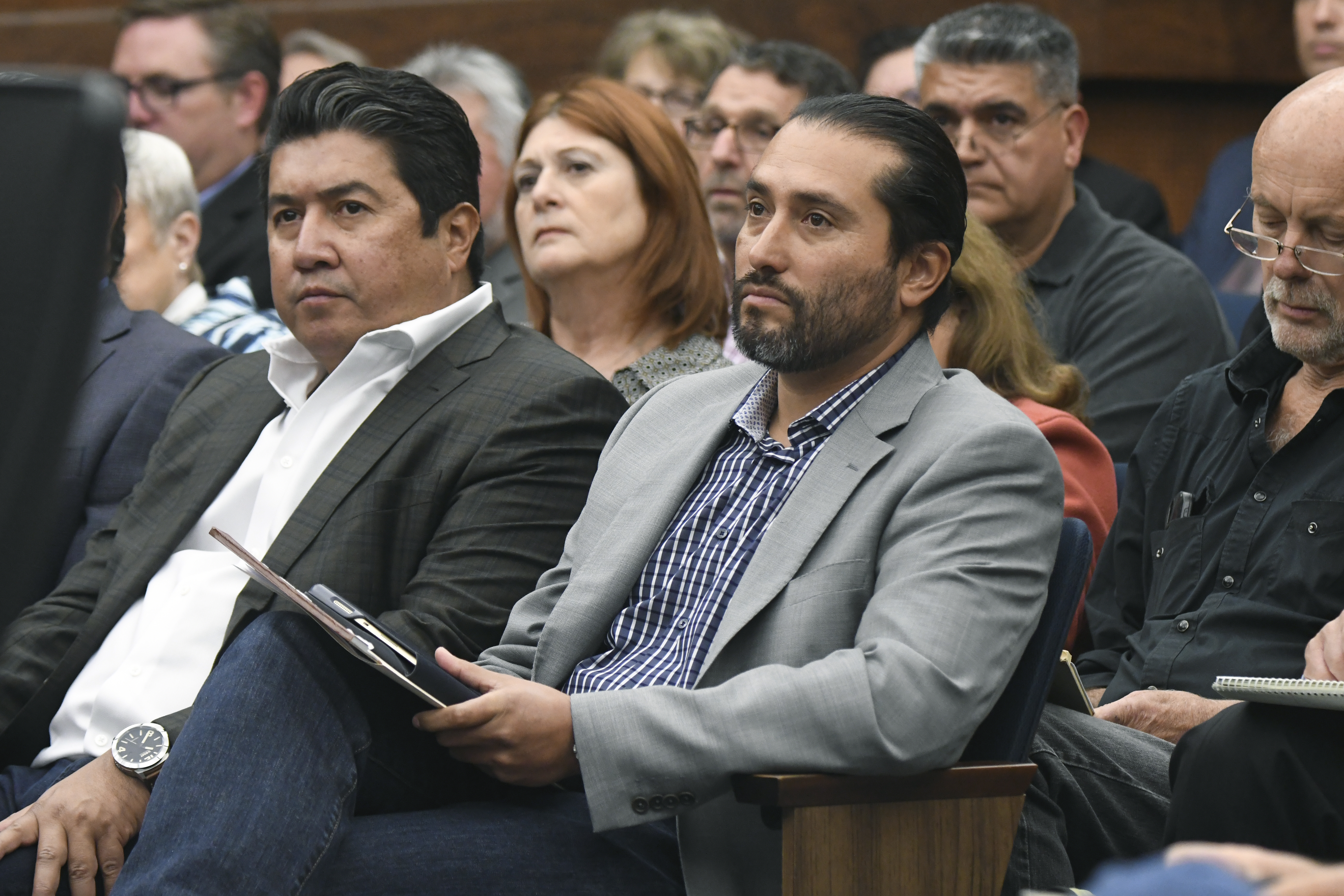Chumash, Audubon Fight Lompoc Wind Farm
Sacred Sites and Bird Strikes Cited as Major Concerns

The Santa Ynez Band of Chumash Indians and two regional chapters of the Audubon Society launched their opposition this week to a commercial wind farm proposed for a ridgeline just south of Lompoc.
The Strauss Wind Energy Project — put forward by BayWa, a German agricultural and renewable energy company — calls for the construction of 30 turbine generators 500 feet tall across 2,790 acres of rural land in an unincorporated area of Santa Barbara County. It would supply enough electricity for approximately 44,000 homes through a new 7.3-mile transmission line connected to the PG&E power grid. More than 600 mature oak trees would be chopped down to make room for the infrastructure and to build the roads needed to transport three 35,000-pound blades to each turbine location.
In a letter sent June 14 to county planning staff, Tribal Chair Kenneth Kahn said the wind towers would desecrate the viewsheds of nearby Chumash sacred sites. According to Kahn, Tranquillon Peak (called alul, meaning “conspicuous” or “stands out”) is a “supernaturally powerful place” and was likely the site of a “great shrine” that existed in the late 1700s. “The Chumash Elders Council members consider this a sacred place, visit the site still, and its protection is a state priority for the Chumash community,” he wrote.
Kahn also named Swordfish Cave and Window Cave, where the Chumash traditionally gathered to observe the winter solstice. It contains rock carvings, red and black pictographs, and what archeologists describe as “lithic scatter,” typically stone tools and debris.
Kahn demanded that planners sit down with the tribe for “government-to-government” negotiations on the project. He said better mitigation measures should be considered, and he criticized planners for not consulting with him sooner. But county records show planners had met with Chumash leaders a number of times over the past year and addressed their worries about trespassing and construction noise. The county’s most recent environmental impact report states, “The Elders have not identified the visual impacts as a concern.” Kahn’s office said he was traveling this week and unavailable for comment.
Meanwhile, the Santa Barbara and La Purisima chapters of the Audubon Society sent their own letter to the county, expressing serious distress over potential habitat loss and bird strikes. They say BayWa violated state and federal guidelines by not properly studying alternative locations for the turbines that might place them below the ridgeline and away from flight paths. The chapters pushed for a more environmentally friendly version of the project, featuring smaller turbines with smaller blades that could be transported by airship and therefore reduce the number of trees that would have to be removed.
“The site is one of the premier locations, arguably the premier location, in Santa Barbara County for seeing birds of prey that live in open country and avoid human presence, birds such as Golden Eagles, Prairie Falcons, and Ferruginous Hawks,” wrote the chapters in their joint letter. “One can also see many more common species there, including Red-tailed Hawks, American Kestrels, Turkey Vultures, and Common Ravens.”
The turbines pose the biggest risk to large soaring birds, including the endangered California condor. The organization is advocating for the installation of a new but proven radar detection system, called IndentiFlight, that automatically shuts down a turbine if a large bird gets too close. But Audubon said it also worries about condors attracted to roadkill getting electrocuted by new overhead lines.
The county just finished taking public comment on the project and will consider the feedback as it drafts its final environmental report, due out later this year or early next year.



